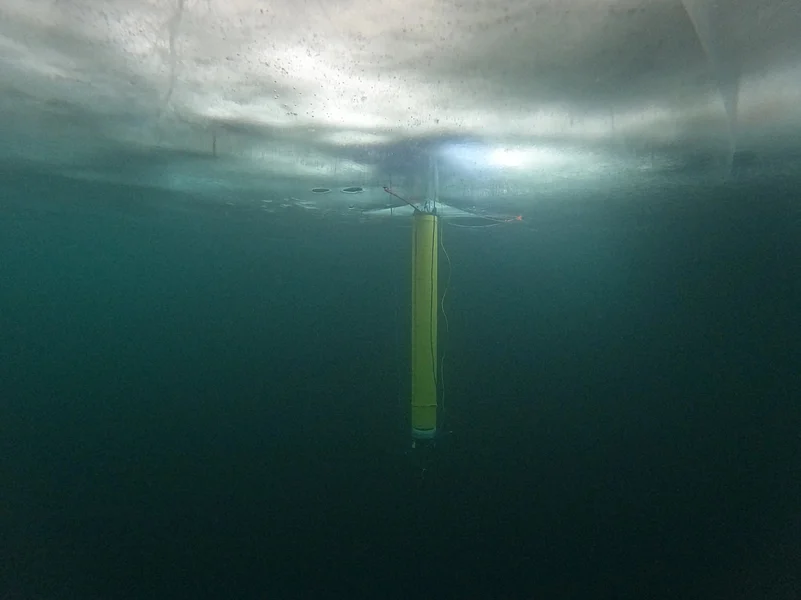NASA is launching a new project to explore Antarctica's melting ice with a fleet of underwater robots. The mission, named IceNode, aims to gather crucial information about how quickly the ice is melting and its impact on global sea levels.
IceNode Mission
The IceNode robots will dive into regions of Antarctica that are unreachable for humans and invisible to satellites. These robots will provide essential data on how our warming planet is affecting Antarctic ice.
NASA's Jet Propulsion Laboratory (JPL) engineers have been testing the IceNode robots in the Beaufort Sea, north of Alaska. During these tests, a robot was lowered into the ocean through a borehole in the ice, allowing engineers to refine the prototype.

Why IceNode is Important
If the Antarctic ice sheet were to melt completely, global sea levels could rise by about 200 feet (60 meters). This rise is caused by both warmer air temperatures and the warm water circulating beneath the ice.
Understanding what happens below the ice is crucial but very challenging. The ice shelves in Antarctica are large, floating ice masses extending from the land. These shelves slow down the flow of ice into the ocean. Scientists are particularly interested in the 'grounding zone,' where the ice shelf, ocean, and land meet. However, these areas are too hazardous for humans, and satellites can't see the areas where ice might be melting the fastest.
Ian Fenty, a JPL climate scientist and IceNode’s science lead, explains, "We’ve been pondering how to overcome these technological and logistical challenges for years, and we think we’ve found a way. The goal is to get data directly at the ice-ocean melting interface, beneath the ice shelf."
How the IceNode Robots Work
The IceNode robots are 8 feet (2.4 meters) long and 10 inches (25 centimeters) in diameter. They have a three-legged landing gear to attach securely to the underside of the ice. Instead of using propulsion, these robots position themselves using software that interprets ocean current models.
Once released from a borehole or vessel in the open ocean, the robots will ride the currents beneath the ice shelf. They will attach themselves to the bottom of the ice, where sensors will measure how fast warm, salty water is rising and how quickly cold, fresh water is sinking.
After operating for a year, the robots will detach, drift back to the open ocean, and send their collected data via satellite.
Paul Glick, a JPL robotics engineer and IceNode’s principal investigator, states, "These robots are a platform to bring science instruments to the hardest-to-reach locations on Earth. It’s meant to be a safe, comparatively low-cost solution to a difficult problem."

















